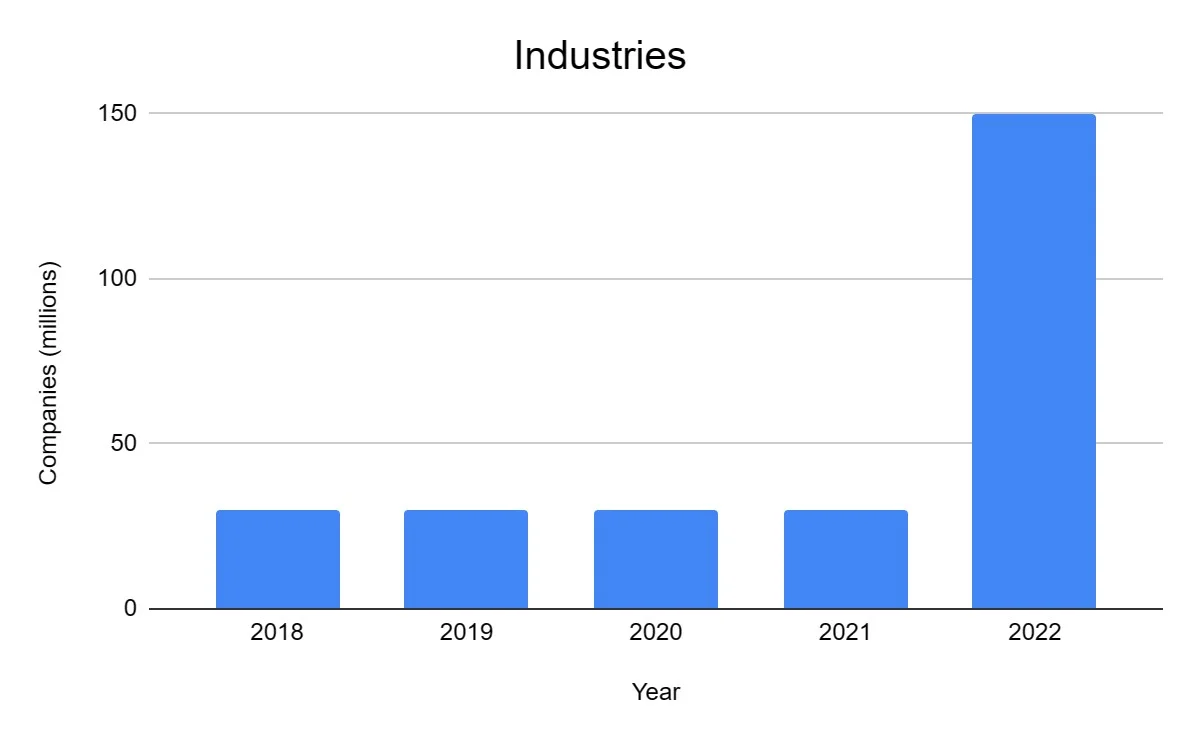Azure is the best choice if you are developing with MSFT tools/technologies, and Microsoft is trying hard to support non-Windows guys. In short, PaaS (GAE & Azure) focuses on making development easy, but somehow limit your options. IaaS (AWS) focuses on making development flexible, but complicates the development process. In the past, I had to choose IaaS over PaaS in a project due to no “long-polling” mechanism supported in PaaS, and I can achieve that with IaaS.

Along with IaaS and SaaS, PaaS appears as another option to optimize processes, generate savings in the production chain and give impetus for companies to grow in a sustainable and scalable way. Let’s take a closer look at these pros and cons of PaaS to know if it is worth investing. According to Statista, the public cloud Platform as a Service market worldwide has been growing in the last few years. By understanding the advantages and disadvantages of PaaS, you can make an informed decision that best meets the needs of your organization. Lastly, Back4App offers round-the-clock customer support to help you with any issues or questions that may arise.
Support staff shortage
More specifically, “as-a-service” solutions are empowering organizations of all shapes and sizes to operate in a more complex world with an expanded set of capabilities. And those capabilities don’t need to be built or maintained in-house; instead, they are maintained by your service provider. These services can improve your company’s overall growth and efficiency.
- The good news is that PaaS offers a more efficient and cost-effective way of developing and deploying applications.
- For the end user, the experience is essentially the same as using software that is installed locally, except that he or she can access the app from nearly any Internet-connected device.
- On the other hand, PaaS lets you tackle high-level advanced programming by streamlining and simplifying the process.
- Back4App automatically scales apps according to demand, so there’s no need to worry about over or under-provisioning resources.
- Certainly, you may take care of it in advance and create a platform, taking into account a future expected scale.
PaaS can take a company to the next level as it allows organizations to automate backend processes and provides the necessary building blocks to respond to demand. Read on to learn exactly what PaaS is, the benefits it offers an organization, the challenges it
may present along with common examples and emerging tech. Implementing a Platform as a Service product can be a big benefit for companies with sights set on effective, efficient application development, but there are certainly challenges to consider. Before going live with a particular PaaS product, be sure to spend time considering the potential drawbacks of doing so. For those used to working with in-house resources, conceptualizing PaaS products or services may not be as easy as it sounds.
Pros of PAAS:
Also, before choosing your cloud provider, you should consider the other two important factors, – downtime and migration. The chart below shows the cloud computing market size from the year 2018 to 2024, and the popularity of each cloud deployment model. Businesses use PaaS as a solution in environments where multiple developers work on the same project. It offers quick application creation due to its easy scalability and flexibility.
Ultimately, the decision of whether to go with PaaS or another cloud computing model will depend on your business needs, budget, and technical expertise. With the right PaaS provider, you can enjoy a seamless development and deployment experience that can save you time and money in the long run. Microsoft Azure’s cloud-based services are among the popular PaaS products. Produced by Microsoft, Azure cloud services can be a flexible, enterprise-grade cloud computing solution that can be employed in a PaaS capacity. Like its IaaS opportunities, Azure cloud PaaS functionality also offers BI tools, database management, development tools, and middleware. This can be employed in conjunction with other cloud computing solutions or used as a standalone development base to complement the use of in-house traditional servers.
Option to deploy on multiple clouds
Your decision between IaaS, PaaS, or SaaS, depending on how you wish to run your cloud-based applications. When you compare IaaS vs. PaaS vs. Saas in terms of resilience, IaaS stands out of the three. Typically charged per hour upon the usage of the services, IaaS costs can climb up because of the precise nature of billing. Reputable cloud service companies also engage the best security specialists available and use the most cutting-edge technology, providing a higher level of comprehensive protection.

There were several private Platform as a Service (PaaS) vendors attending whom I spent a great deal of time talking to as I walked the floor. It seems these days that many enterprises default to private and hybrid clouds pros and cons of paas and therefore insist on private PaaS as well. It is critical that consumers of PaaS services understand the pros and cons of both public and private PaaS before making a commitment to a PaaS deployment model.
Cost-Effective
Though each type of service has its own benefits and drawbacks, businesses can choose the right cloud computing solution that meets their specific needs. By exploring the different types of cloud computing services and their pros and cons, businesses can make informed decisions and experience the joy of cloud computing. An https://www.globalcloudteam.com/ increasing number of companies across various industries have their hardware and software components — such as servers, storage, frameworks, tools, ready-made app — delivered over the internet. This has become possible due to the development of cloud computing services that are represented by SaaS, PaaS and IaaS solutions.
You won’t need to give a second thought to managing the underlying infrastructure or the upkeep of the service when you go with Software as a service provider. It would help if you considered how you would operate that specific Software. With PaaS, you can remember the underlying infrastructure (often hardware and operating systems) and instead focus on your apps’ deployment and management. Because of this, you can focus on developing and improving your application without worrying about the underlying infrastructure or the day-to-day tasks required to keep it functioning.
What is PaaS (Platform as a Service):
Prior to taking on cloud innovation, you ought to be very much aware of the way that you will be sharing all your organization’s delicate data with an outsider distributed computing specialist co-op. Cloud innovation is generally inclined to a blackout and other specialized issues. Indeed, the best cloud specialist co-op organizations might confront this difficult situation in spite of keeping up with exclusive requirements of support.
On the other hand, with IaaS, the provider provides and maintains only the elements like servers or storage. While PaaS enables you to create unique applications without hosting them on-premises, IaaS gives you more control over your operating systems. PaaS, therefore, has less control on your end but gives you more flexibility than IaaS. However, which one you choose depends on your business’s requirements. When it comes to management, the vendors of SaaS take the responsibility. They deal with all the potential technical issues, data, middleware, storage, and servers, resulting in streamlined business support and maintenance.
Cost savings
With minimal customization ability, SaaS becomes the least favorite for the one that seeks personalization. A hefty investment goes into adding customization features to the existing application or services. If we judge purely in terms of expenses, then SaaS is the cheapest of all three, then comes PaaS, and IaaS is the most expensive cloud computing service. FaaS, or Function as a Service, is an event-based architecture that is also serverless.
